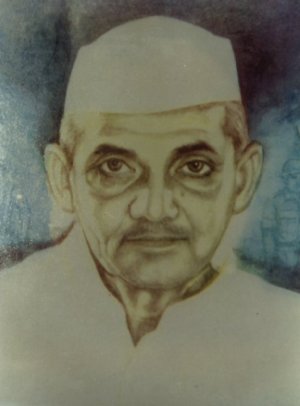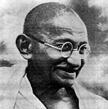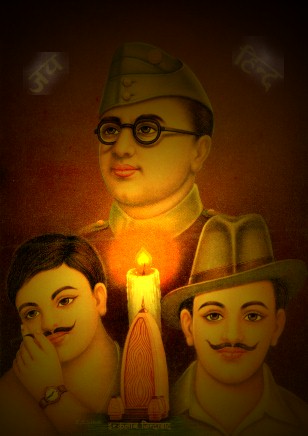
|
| Profile – Lal Bahadur Shastri (1904) |

Lal Bahadur Shastri succeeded
Jawaharlal Nehru as Prime Minister of India in 1964. Though eclipsed by
such stalwarts of the Congress party as Kamaraj (the Kingmaker) and Morarji
Desai, Finance Minister in Nehru's government, Shastri emerged as the consensus
candidate in the midst of party warfare. He had not been in power long before
he had to attend to the difficult matter of Pakistani aggression, as represented
by India, along the Rann of Kutch; and though a cease-fire under the auspices
of the United Nations put a temporary halt to the fighting, the scene of
conflict soon shifted to the more troubled spot of Kashmir. While Pakistan
claimed that a spontaneous uprising against the Indian occupation of Kashmir
had taken place, India charged Pakistan with fomenting sedition inside its
territory and sending armed raiders into Jammu and Kashmir from Azad Kashmir.
Shastri promised to meet force with force, and by early September the second
Indo-Pakistan war had commenced. Though the Indian army reached
the outskirts of Lahore, Shastri agreed to withdraw Indian forces. He
had always been identified with the interests of the working class and
peasants since the days of his involvement with the freedom struggle,
and now his popularity agree. But his triumph was short-lived: invited
in January 1966 by the Russian Premier, Aleksei Kosygin, to Tashkent
for a summit with General Muhammad Ayub Khan, President of Pakistan
and commander of the nation's armed forces, Shastri suffered a fatal
heart attack hours after signing a treaty where India and Pakistan
agreed to not meddle in each other's internal affairs and "not to
have recourse to force and to settle their disputes through peaceful
means. Shastri's body was brought back to India, and a memorial, not
far from the national memorial to Mahatma Gandhi, was built to honor
him. It says, in fitting testimony to Shastri, "Jai Jawan, Jai
Kisan" ("Honor the Soldier, Honor the Farmer"). He
is, however, a largely forgotten figure, another victim of the
engineering of India's social memory by Indira Gandhi and her
clan. 




  |